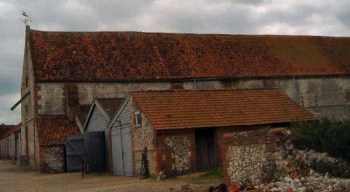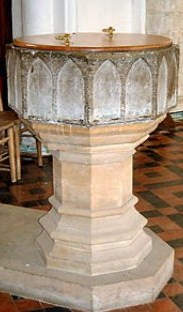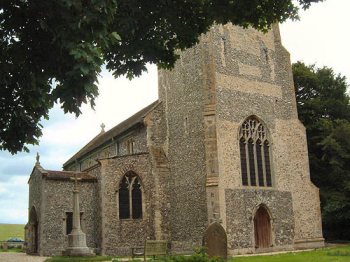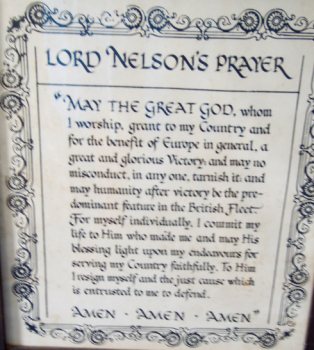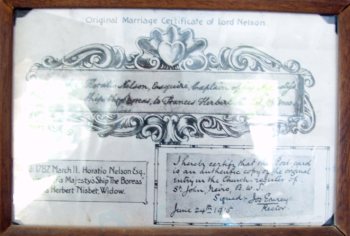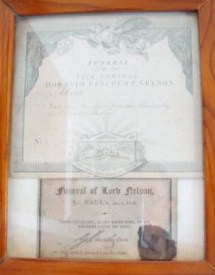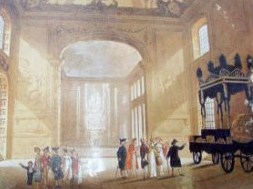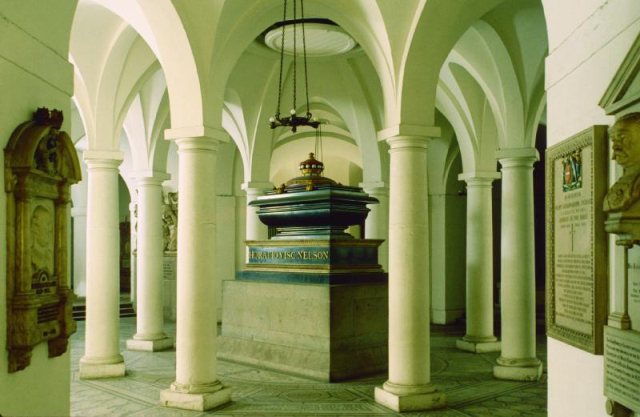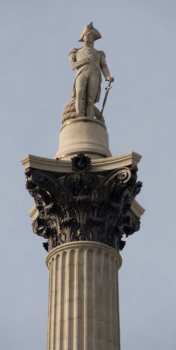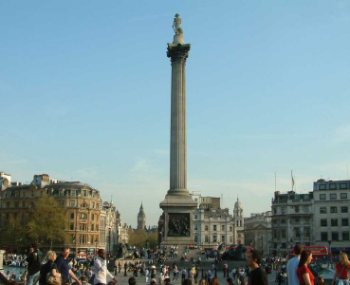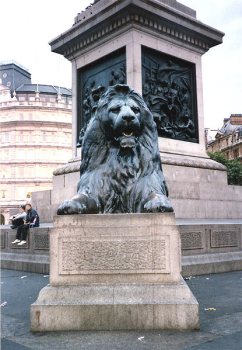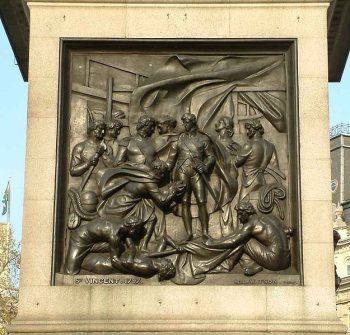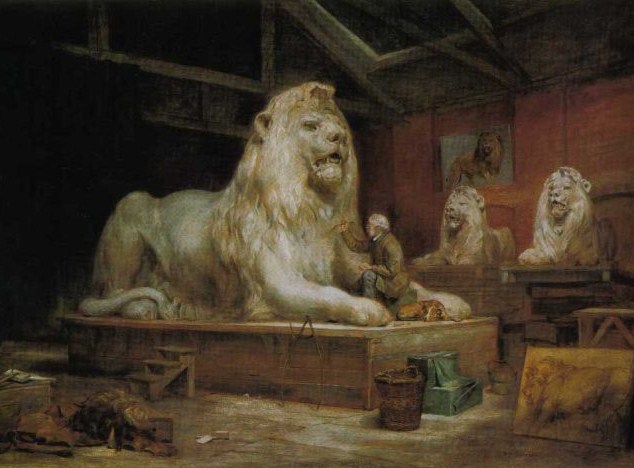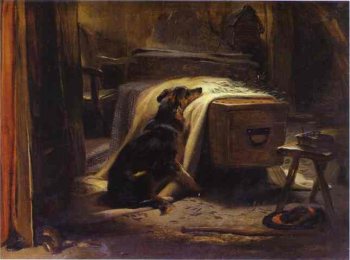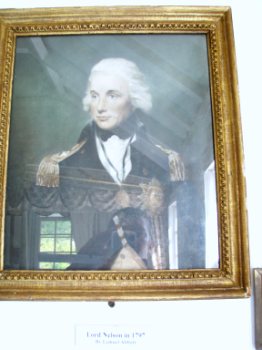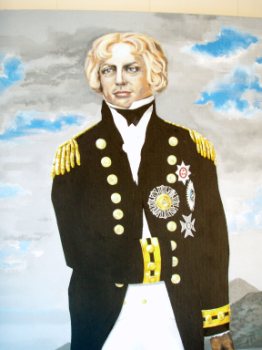Horatio Nelson

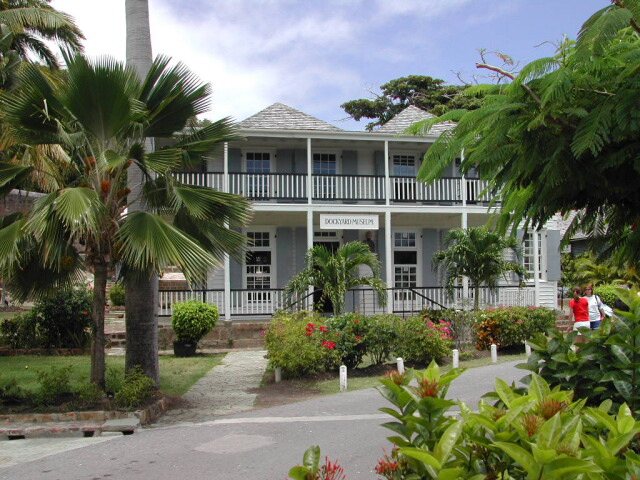 Nelson's
Dockyard Museum where half of the top floor is dedicated to Lord Admiral
Horatio Nelson.
Nelson's birth and early career: Horatio was born in Burnham Thorpe, Norfolk, close to the North Sea coast, on the 29th of September 1758, the sixth of eleven children. Horatio was baptised within hours of his birth as he was very weak and not expected to live. He was the son of the Reverend Edmund Nelson. His mother was Catherine Suckling, who came from a far more influential family than her husband. Her grandmother had been the sister of George II's powerful minister Sir Robert Walpole. In 1771, Horatio joined the HMS Raisonnable, a ship commanded by his uncle Captain Maurice Suckling, as a midshipman. As a 12 year old boy, he thus began what was to prove a lifetime's experience at sea. By the time he was 20 and a captain, his ships had taken him to the Arctic, the East Indies and the Caribbean. These early experiences laid the foundation for his subsequent successful career in the navy and great victories against France, Spain and the Netherlands.
The house where Nelson was born, the baptismal font and church in Burnham Thorpe, Norfolk.
Years of change
and revolution: The period of Nelson's
lifetime was one in which agricultural and industrial revolution and population
growth led to enormous economic and social changes. The tremendous expansion of
manufacture was to provide the impetus for British expansion into the world in a
search for markets in which to trade its goods. The Royal Navy would thus assume
a vital role in protecting British ships trading throughout the world, to the
Baltic, India, the North American colonies and the West
Indies. Although overall a time of economic growth, there were also periodic slumps linked to the effects of war, harvest failure, and unemployment which led to social unrest and protest. Amongst the establishment there was therefore a great fear of the spread of ideas such as those of the French Revolution.
Nelson's legendary bed, it is unlikely he actually slept in it as Nelson left Antigua in 1787 and the bed dates from 1820. Nelson's Prayer.
Years of war: The period of Nelson's lifetime was one of many wars. He was born during the Seven Years War (1756–63) between Britain and France. The alliance of the French with America in the War of American Independence (1775–82) led to further war between the two countries. The Revolutionary Wars (1793–1801) marked a renewal of hostilities. The Napoleonic Wars (1803–15) followed the French attempt to extend their revolution across Europe. Britain was thus at war again, at times with Spain as well as France. These events provide the setting for the powerful hostility felt by Nelson towards the French throughout his lifetime.
Horatio and Frances Marriage Certificate
Nelson's marriage: It was in the Caribbean
that Nelson met his future wife, Frances Nisbet, a widow with a son from her
previous marriage. Horatio and Frances were married in Nevis in 1787, and
returned to Norfolk from the West Indies to begin their married life, to
spend the next five years on half-pay, frustrated at not being at sea. However,
the marriage was not to prove a successful or long-lasting one. The couple
separated after Nelson began an affair with the real love of his life, Lady Emma
Hamilton.
   Portraits
painted in Dresden by J. H. Schmidt in 1800 during the return of Nelson, Sir
William and Lady Emma to England from Italy. Nelson described Emma as her
"Guardian Angel", he believed he could not win battles unless this portrait was
within his sight. Lady Emma Hamilton. A quote from a love
letter.
Lady Emma Hamilton: Emma, c.1761–1815, wife of Sir William Hamilton, the British envoy at Naples, and famous as the mistress of Lord Nelson, was the daughter of Henry Lyon, a blacksmith of Great Neston in Cheshire. The date of her birth cannot be fixed with certainty, but she was baptized at Great Neston on the 12th of May 1765, and it is not improbable that she was born in that year. Her baptismal name was Emily. As her father died soon after her birth, the mother, who was dependent on parish relief, had to remove to her native village, Hawarden in Flintshire. Emma's early life is very obscure. She was certainly illiterate, and it appears that she had a child in 1780, a fact which has led some of her biographers to place her birth before 1765. It has been said that she was first the mistress of Captain Willet Payne, an officer in the navy, and that she was employed in some doubtful capacity by a notorious quack of the time, Dr. Graham. In 1781 she was the mistress of a country gentleman, Sir Harry Featherstonhaugh, who turned her out in December of that year. She was then pregnant, and in her distress she applied to the Hon. Charles Greville, to whom she was already known. At this time she called herself Emily Hart. Greville, a gentleman of artistic tastes and well known in society, entertained her as his mistress, her mother, known as Mrs. Cadogan, acting as housekeeper and partly as servant. Under the protection of Greville, whose means were narrowed by debt, she acquired some education, and was taught to sing, dance and act with professional skill. In 1782 he introduced her to his friend Romney the portrait painter, who had been established for several years in London, and who admired her beauty with enthusiasm. The numerous famous portraits of her from his brush may have somewhat idealized her apparently robust and brilliantly colored beauty, but her vivacity and powers of fascination cannot be doubted. She had the temperament of an artist, and seems to have been sincerely attached to Greville. In 1784 she was seen by his uncle, Sir William Hamilton, who admired her greatly. Two years later she was sent on a visit to him at Naples, as the result of an understanding between Hamilton and Greville - the uncle paying his nephew's debts and the nephew ceding his mistress. Emma at first resented, but then submitted to the arrangement. Her beauty, her artistic capacity, and her high spirits soon made her a great favorite in the easy-going society of Naples, and Queen Maria Carolina became closely attached to her. She became famous for her "attitudes", a series of poses plastiques in which she represented classical and other figures. On the 6th of September 1791, during a visit to England, she was married to Hamilton. The ceremony was required in order to justify her public reception at the court of Naples, where Lady Hamilton played an important part as the agent through whom the queen communicated with the British minister -- sometimes in opposition to the will and the policy of the king. The revolutionary wars and disturbances which began after 1792 made the services of Lady Hamilton always useful and sometimes necessary to the British government. It was claimed by her, and on her behalf, that she secured valuable information in 1796, and was of essential service to the British fleet in 1798 during the Nile campaign, by enabling it to obtain stores and water in Sicily. These claims have been denied on the rather irrelevant ground that they are wanting in official confirmation, which was only to be expected since they were ex hypothesi unofficial and secret, but it is not improbable that they were considerably exaggerated, and it is certain that her stories cannot always be reconciled with one another or with the accepted facts. When Nelson returned from the Nile in September 1798 Lady Hamilton made him her hero, and he became entirely devoted to her. Her influence over him indeed became notorious, and brought him much official displeasure. Lady Hamilton undoubtedly used her influence to draw Nelson into a most unhappy participation in the domestic troubles of Naples, and when William Hamilton was recalled in 1800 she travelled with him and Nelson ostentatiously across Europe. In England Lady Hamilton insisted on making a parade of her hold over Nelson. Their child, Horatia Nelson Thompson, was born on the 30th of January 1801. The profuse habits which Emma Hamilton had contracted in Naples, together with a passion for gambling which grew on her, led her into debt, and also into extravagant ways of living, against which her husband feebly protested. On his death in 1803 she received by his will a liferent of £800, and the furniture of his house in Piccadilly. She then lived openly with Nelson at his house at Merton. Nelson tried repeatedly to secure her a pension for the services rendered at Naples, but did not succeed. On his death she received Merton, and an annuity of £500, as well as the control of the interest of the £4000 he left to his daughter. But gambling and extravagance kept her poor. In 1808 her friends endeavored to arrange her affairs, but in 1813 she was put in prison for debt and remained there for a year. A certain Alderman Smith having aided her to get out, she went over to Calais for refuge from her creditors, and she died there in distress if not in want on the 15th of January 1815. The Memoirs of Lady Hamilton (London, 1815) were the work of an ill-disposed but well-informed and shrewd observer whose name is not given. After Emma's death Horatia returned to England and lived with Nelson's sisters. At twenty-one she married the Rev. Philip Ward and lived a quiet life as a clergyman's wife in rural Norfolk. Horatia died in 1881, the mother of eight and grandmother of many.
Nelson's major
battles, promotions and injuries: 1777 - Lieutenant When Britain entered the
French Revolutionary Wars in 1793, Nelson was given command of the Agamemnon. He
served in the Mediterranean, helped capture Corsica and saw battle at Calvi
(where he lost the sight in his right eye). He would later lose his right arm at
the Battle of Santa Cruz de Tenerife (1797). As a commander he was
known for bold action, and the occasional disregard of orders from his seniors.
This defiance brought him victories against the Spanish off Cape Vincent in
1797, and at the Battle of Copenhagen four years later, where he ignored orders
to cease action by putting his telescope to his blind eye and claiming he
couldn't see the signal. At the Battle of the Nile
(1798), he successfully destroyed Napoleon's fleet and bid for an overland trade
route to India. His next posting took him to Naples, where he fell in love with
Emma, Lady Hamilton. Although they remained married to others, they considered
each other soul-mates and together had a child, Horatia, in 1801. Earlier that
same year, Nelson was promoted to
Vice-Admiral. Over the period 1794 to 1805, under Nelson's leadership, the British Navy proved its supremacy over the French. His most famous engagement, at Cape Trafalgar, saved Britain from threat of invasion by Napoleon, but it would be his last. Struck by a French sniper's bullet he died on the first day of battle, the 21st of October 1805.
The Aquatic Procession. The Funeral Barge. The official pass to enter St Paul's for the funeral.
Nelson's Funeral Carriage in The Painted Hall of Greenwich Hospital by Augustus Charles Pugin - 1810
Nelson's Funeral: Nelson's body was preserved in a barrel of brandy and taken back to England for the first state funeral ever given to a commoner. His coffin was carried from Greenwich to Whitehall Stairs 'in one of the greatest Aquatic Processions that ever was beheld on the River Thames'. So many people turned out to mourn him that the leaders of the procession had reached St Paul's Cathedral before the end of the procession had left the Admiralty. He was buried in the crypt at St. Paul's. The tomb was nearly three hundred years old when it was given for Nelson: the tomb had been commissioned for Cardinal Wolsey for himself in about 1524 before he fell out of favour with Henry VIII. Had the tomb been Wolsey's his Cardinal's Hat would have been where we can see the Nelson Viscount's Coronet.
You cannot think of Nelson without picturing his column in Trafalgar Square. It has seen everything from the VE Day Celebrations, countless New Year parties and much more.
Nelson's Column was built between 1840 and 1843 to commemorate Admiral Horatio Nelson's death at the Battle of Trafalgar in 1805. The 5.5 m (18 ft) statue of Nelson stands on top of a 46 m (151 ft) Foggintor granite column. The statue faces south looking towards the Admiralty, with the Mall on his right flank, where Nelson's ships are represented on the top of each flagpole. The top of the Corinthian column (based on one from the Temple of Mars Ultor in Rome) is decorated with bronze acanthus leaves cast from British cannon. The square pedestal is decorated with four bronze panels, cast from captured French guns, depicting Nelson's four great victories. The monument was designed by architect William Railton in 1838, and built by the firm Peto & Grissell. Railton's original 1:22-scale stone model is exhibited at the National Maritime Museum in Greenwich. The sandstone statue at the top was sculpted by E.H. Baily, a member of the Royal Academy; a small bronze plaque crediting him is at the base of the statue. The four bronze panels around the pedestal were undertaken by the sculptors Musgrave Watson, John Ternouth, William F Woodington, and John Edward Carew. The entire monument was built at a cost of 47,500 pounds, or 3.5 million pounds in 2004 terms (roughly $6.1 million US). The four lions, by Sir Edwin Landseer, at the column's base were added after much delay in 1867.
The East Face depicting The Battle of Cape St Vincent by Watson. One of the infamous lions. The North Face depicting Nelson's death by Carew.
Trafalgar Square would seem incomplete today without the huge lions at the base of Nelson's column, yet at the time when they were made, they were the subject of much ridicule on account of their lateness. Nelson's monument itself was built somewhat post-Nelson, in 1839-42. The commission for the four huge lions went to the sculptor Lough, but subsequently he was dropped in favour of Edwin Landseer, the famous animal painter. This was a popular decision, and the Art Journal enthused that 'The public will see four such statues of the animal as the world has not yet seen'. Unfortunately, the lions were not forthcoming for some years, despite constant promises by Landseer that they would soon emerge from his studio, and became the subject of many jokes in the press. Finally, in the year 1868, the lions were set up. Even then there was a chorus of disapproval, with it being declared that the lion on top of Northumberland House would not acknowledge the new lions as being in any way related. Writing in 1886, W. J. Nettleship, a distinguished painter of lions, was still criticising Landseer's lions:
I have always fervently believed, like
many, that Nelson said "Kismet Hardy" but looking at a recent painting (right -
seen in the museum) and the first portrait - perhaps it was "Kiss me, Hardy"
I'll stick with the image in the centre. ALL IN ALL HORATIO
NELSON HAS WON A PLACE IN HISTORY AND OUR HEARTS. His poorly health at birth, his ability at sea, his promotions, his
naughtiness at looking through his telescope through his 'blind eye', his open
affair, his death, his tomb, even the controversy over his lions show a very
colourful character. I like him. Horatio Nelson had a passionate belief in his ability to
become a hero. His victories and great courage caught the public
imagination, and he was indeed considered a hero, both in his own lifetime and
in the Victorian period following his death. Over 200 years later, he is
still a character that arouses great interest. Nelson himself, his family and
friends left a great many letters, diaries and other materials that give us the
evidence on which to base a study of his life. Viscount Horatio Nelson
'England expects that every man will do his duty.'
With these words Nelson
successfully inspired his squadron before the Battle of Trafalgar, in 1805,
during which he died. On his death, Britain lost a complex leader who balanced a
personal longing for honour and glory with a compassion and respect for his
men.
ALL IN ALL A GOOD TACTICIAN, LUCKY BLOKE and WELL LIKED / HATED BY MANY WHO BECAME A GREAT BRITISH HERO. |
